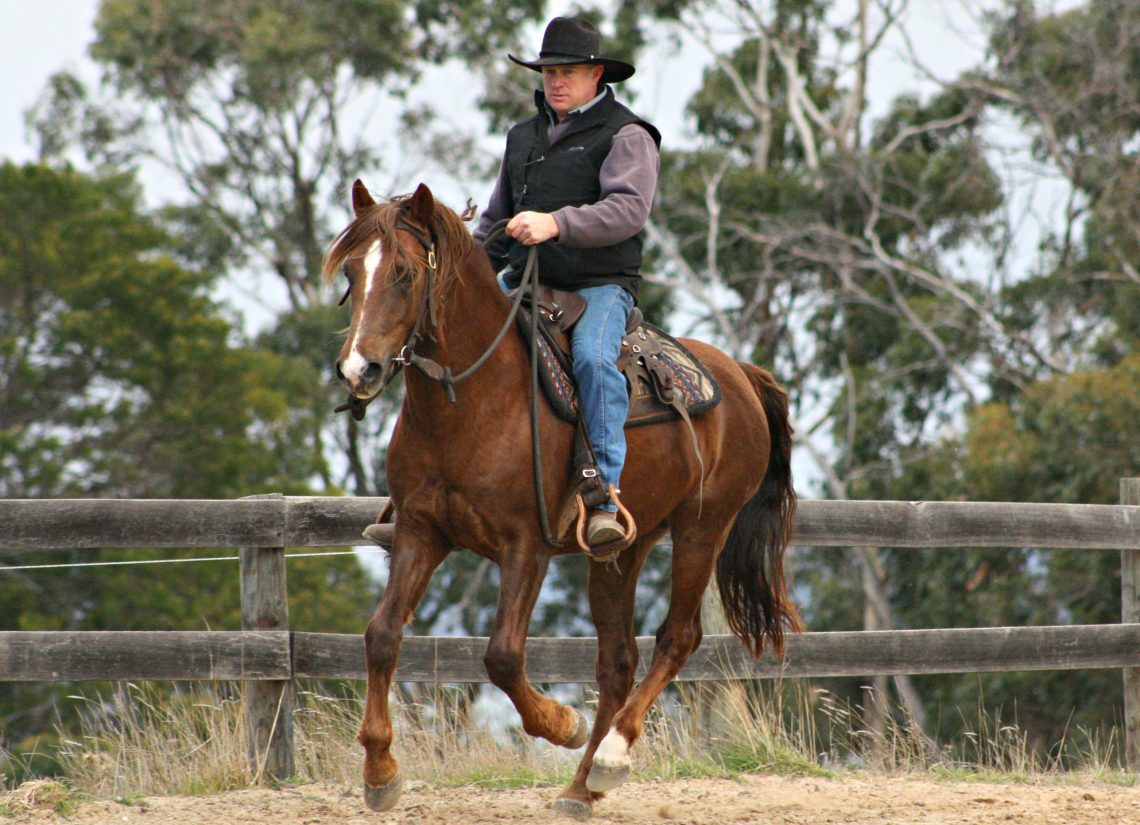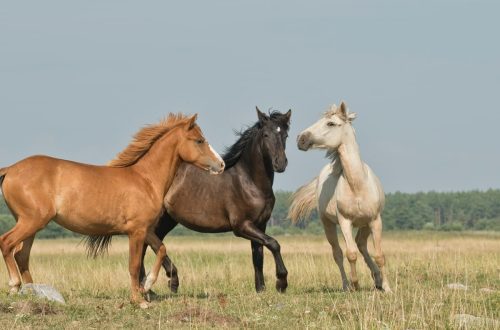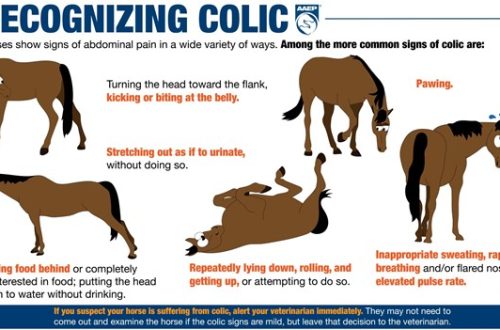
Not given a front trot? Maybe it’s the saddle
Not given a front trot? Maybe it’s the saddle
Landing is influenced by many factors. One of them is a well-chosen saddle (and a competent saddle)! It acquires special significance when it comes to a beginner rider. He does his best to keep his balance, to maintain his seat and balance, not knowing that if the saddle was better fitted, it would be much easier for him.
But how to determine what exactly is the matter? What is stopping you – inexperience or … a saddle? I can offer you a simple test!
Send the horse into a trot while in a formation position. Can you get into the rhythm?
Your feelings at the posting trot will help you really appreciate the situation. Even if you are still basically bad at the posting trot itself, what will matter now is that specifically you fail, and why.
What can happen?
1. You can easily work at the posting trot all over the arena. Everything is fine! You are balanced and your saddle is likely to support you in a balanced position. Keep enjoying your workout!
My student demonstrates good balance while getting up from the saddle at the highest point. Her balance does not depend on the occasion. She appears to be on the ground – her knees are bent, her shoulders and hips are over her leg, so she doesn’t have to lean forward to balance herself.
2. You cannot control your body – you “fall” down into the saddle or sit down, holding yourself by the reins. The horse takes a heavy blow to the back. You, after the “landing”, cannot get there in time into rhythm to continue the posting trot.
This means that you are behind the movement (the most common problem for beginner riders). Please give the horse a slack rein (let it be as long as it is safe to do so). It’s normal for you to lose your balance so far, but at least let the horse’s mouth not suffer from this!
Try to get into a two-point position (standing in the stirrups, upper body leaning slightly forward, hips back, heels down, shoulders and eyes forward). Once you find balance in this position, a little tighter wrap your legs around the horse and try to ride, relieving yourself by keeping your upper body leaned over and getting back into the saddle very lightly, almost barely touching it. Then slowly straighten up, continuing to relieve, barely touching the saddle. Level up until you fall back into the saddle. Repeat this exercise several times. Soon you will feel that you are starting to find the necessary balance.
If you find it easy to ride and ease into a forward-leaning half-stance but unable to straighten it up, there is a chance that your stirrups (and therefore legs) are too far forward of your center of gravity. In case your saddle fits you, chances are that the front of the saddle sits too high, causing your seat to sink far back, making you sit “like in a chair”.
Try elevating the back of the saddle with a fur coat or gel. If this solves the problem, then you will know that it was the balance of the saddle. You may have to choose another one or use a fur coat when saddle.
3. Rising above the saddle, you fall over, resting your hands on the horse’s neck. Usually when you do this, your shin leans back, the heel rises, perhaps the foot in the stirrup slips forward so that the stirrup is under the heel. Most likely, you are pinching your knees because you lack stability in your lower leg.
Move into a two-point landing by forcing your heels back down and your hips back. This will help you balance your leg. Start minimally relieved in such a hypertrophied position, slowly straightening up. A little adjustment in the fit and a bit of effort to keep the lower leg long and stable under you is probably all you need and the exercise will quickly become easier for you.
If you are still unable to soften the grip on your knees (allowing you to keep your thigh behind your shin) and balance as you straighten up, this could be a sign that your saddle is sitting low in the front, forcing you to sit closer to the pommel. To test this, add an extra pad under the front of your saddle and repeat the exercise. If this improves balance, you will need to decide what to do with the saddle to even out the balance.
If a small adjustment to the saddle by adding a bellows does not help, then there is probably a problem that goes beyond a small balance adjustment. Your saddle may be too big or too small, the pads may not fit you, the shneller may be placed in a place that will prevent your leg from landing in the correct position, the saddle itself may not be well balanced, etc.
Try the suggested exercise in several different saddles and/or on another horse. So you better understand the situation.
Translation by Valeria Smirnova based on site materials http://dressagefundamentals.com.





